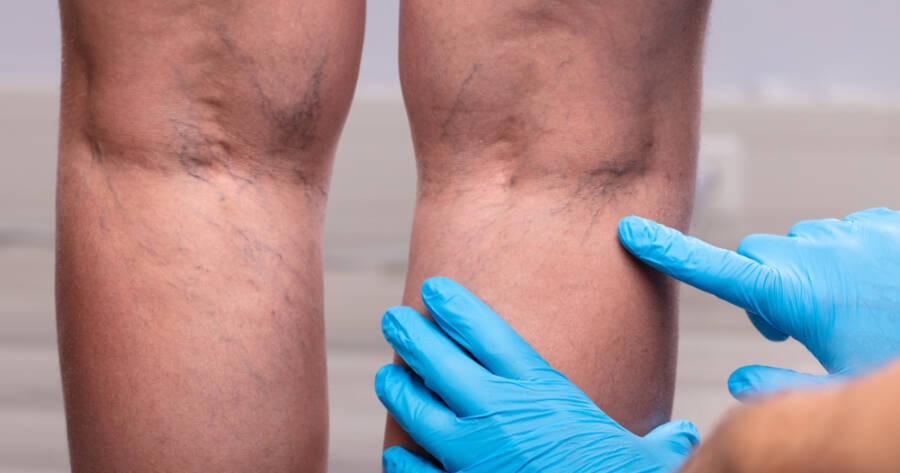Blood clots in your legs can be a serious health issue. Early detection is crucial to prevent complications. Recognizing symptoms like swelling, pain, and redness can help you seek timely medical attention. Learn to identify these signs to protect your health and well-being.
Blood Clots: What You Need To Know
Blood clots, also known as deep vein thrombosis (DVT), occur when blood pools and coagulates in a vein, usually in the leg. These clots can be dangerous as they can break loose and travel to the lungs, causing a pulmonary embolism.
It is crucial to recognize the signs and symptoms of blood clots to seek prompt medical attention.
Spotting Blood Clots Early
Early detection and treatment of blood clots are essential to prevent severe complications. If you experience any of the following symptoms, it is important to consult a healthcare professional immediately: 1
- Swelling, pain, and tenderness in one leg, particularly in the calf or behind the knee.
- Redness or discoloration of the skin around the affected area.
- A feeling of warmth in the affected leg.
Signs To Look Out For
In addition to the symptoms mentioned above, there are other signs that may indicate the presence of a blood clot:
- Difficulty breathing or shortness of breath.
- Chest pain or discomfort.
- Rapid heart rate.
- Lightheadedness or dizziness.
- Coughing up blood. 2
It is important to note that not all cases of blood clots present with all of these symptoms. If you have any concerns or suspect that you may have a blood clot, it is crucial to seek medical attention promptly.
Risk Factors for Blood Clots
Several factors can increase your risk of developing blood clots. Prolonged immobility, like sitting during long flights or bed rest after surgery, can contribute to clot formation. Certain health conditions, such as obesity, heart disease, or cancer, also raise the risk.
Additionally, hormonal changes due to pregnancy or birth control use can play a role. Recognizing these risk factors can help you take preventative steps.
Prevention and Lifestyle Changes
Making lifestyle changes can significantly reduce your risk of blood clots. Regular physical activity, like walking or stretching, helps maintain proper blood circulation. Staying hydrated and avoiding long periods of immobility are also key preventive measures.
For individuals at higher risk, doctors may recommend wearing compression stockings or taking blood-thinning medications. These simple changes can be effective in preventing clot-related complications.
When to Seek Immediate Help
Certain symptoms indicate an emergency and require immediate medical attention. If you suddenly experience difficulty breathing, chest pain, or a rapid heart rate, it is a good idea to obtain emergency services right away.
These symptoms might signal a blood clot has traveled to your lungs, causing a pulmonary embolism. Quick intervention is vital, as untreated blood clots can lead to life-threatening situations.
Learn More About Blood Clots
Blood clots can be a serious medical condition, but they can often be prevented and treated if caught early. To learn more about blood clots, their symptoms, and how to reduce your risk, explore reputable sources or consult with a medical practitioner.
